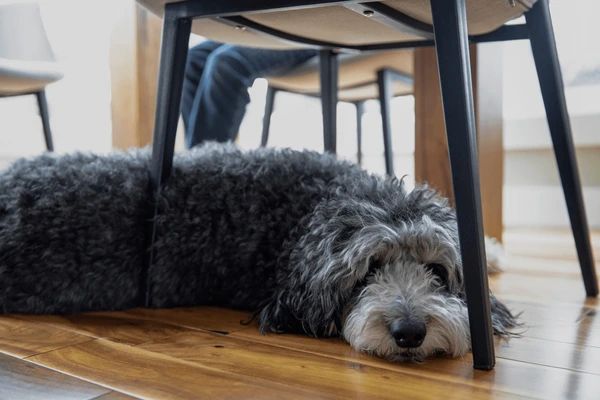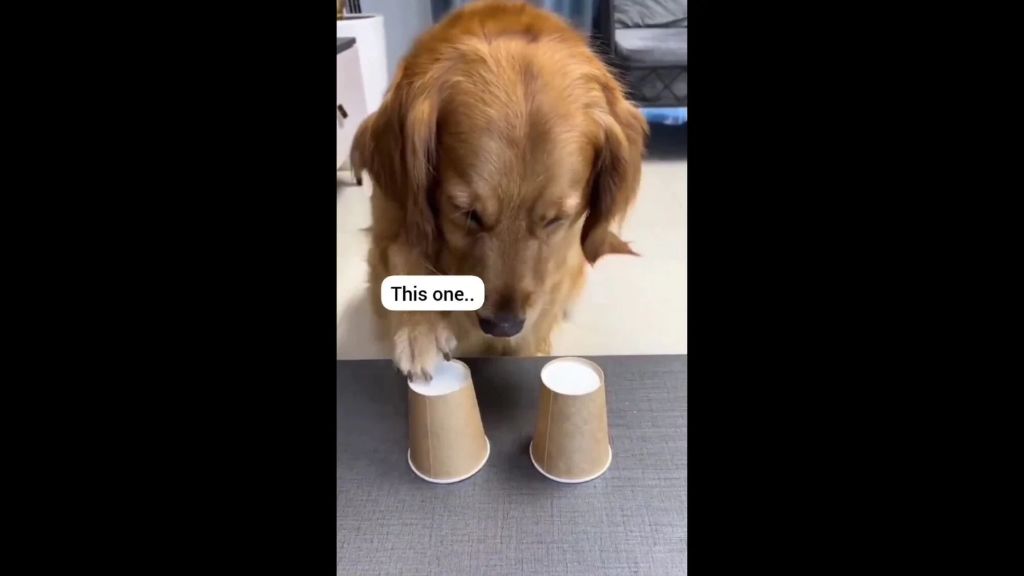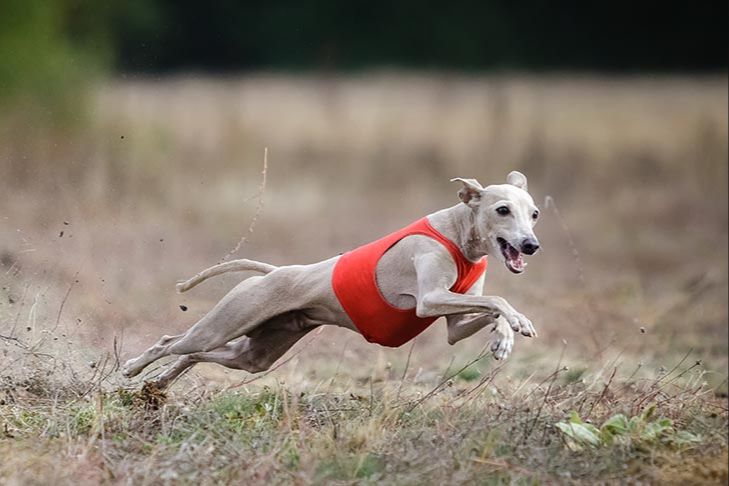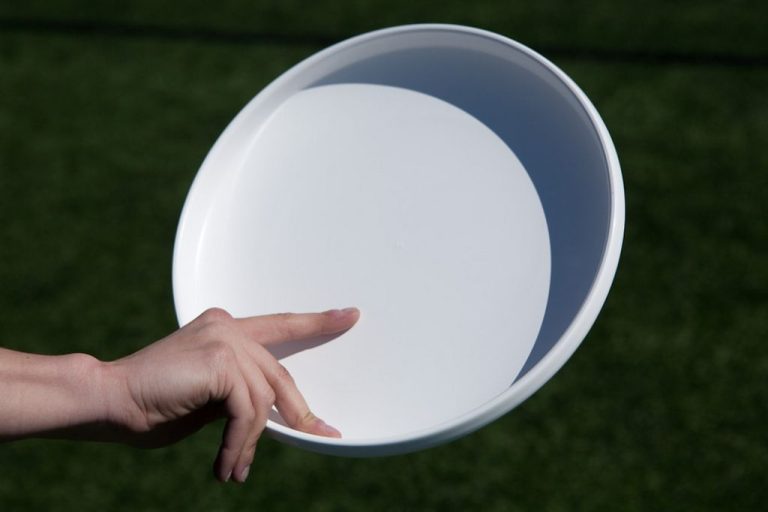Shell Game: Mental Challenge For Your Pup
What is the Shell Game?
The shell game is a fun mental challenge for dogs that originated as a confidence trick used by con artists to swindle money from unsuspecting victims. It’s been around for centuries, with records of shell games found in Ancient Greece and China. The game typically involves three shells or cups and a small ball or pea. The operator places the ball under one of the shells, then quickly shuffles them around to confuse the player. The player then tries to keep their eye on the shell containing the ball as the operator moves them around. After shuffling, the player must guess which shell is hiding the ball.
The shell game presents a mental challenge because it tests a dog’s ability to track the ball as the shells rapidly shift positions. The quick hand movements deliberately try to confuse the dog and make it difficult to follow the ball. It requires concentration, observational skills, and quick reflexes. Even the sharpest human minds can struggle to track the rapid shell shuffling. This is why the game was historically used by scammers to con people into betting money on guessing the shell with the ball. The operators used sleight of hand and other tricky maneuvers to prevent anyone from winning.
While the traditional shell game aimed to deceive, modern versions adapted for dogs focus on creating a fun mental workout. The key is adjusting the difficulty level to keep your pup engaged without frustrating them.
Why Play Shell Games with Your Dog
Shell games provide important mental stimulation and enrichment for dogs. Teaching your dog to play shell games involves focus, concentration, and problem solving as they try to figure out where the treat or toy is hidden. This mental exercise keeps their brain active and prevents boredom. According to the article “The Shell Game for Dogs” from Best Friends Pet Care, shell games are great for “slowing down fast eaters” as dogs need to wait for the treat to be revealed 1.
As dogs search for the hidden treat or toy under the cups, they must use their sense of smell along with their vision to locate it. This improves their cognitive abilities. The shell game provides vital mental enrichment for dogs, satisfying their natural curiosity and preventing destructive behaviors that can arise from inadequate mental stimulation. Overall, shell games strengthen the bond between owner and dog through a fun, interactive game.
Setting Up the Shell Game

To set up the shell game, you’ll need a few basic supplies: three identical cups, balls or containers to cover the treats, and your dog’s favorite treats cut into small pieces. Plastic or stainless steel cups work well since they are lightweight and easy for dogs to nudge and knock over. You’ll also want a non-slip surface like a rug or yoga mat to prevent the cups from sliding around too much.
Start by placing a treat under one of the cups while your dog watches. Make sure to keep the treat in the very center of the cup so it doesn’t fall out when moved. Gently hold the cup upside down and slide it around to fully cover and hide the treat underneath. You can also place a ball on top of the cup once the treat is hidden to further conceal which cup contains the reward.
After hiding a treat under one cup, randomly shuffle the cups around by sliding them across the surface to switch up their order. Move the cups slowly at first so your dog can follow which one has the treat, then gradually increase speed. Shuffling well will make it more challenging for your dog to track the right cup. Just be careful not to knock the cups over or expose the treat during this process. Repeat hiding and shuffling a few times until your dog seems engaged and eager to start uncovering the treats under the shells! (Source)
Teaching Your Dog to Play
Teaching your dog to play the shell game starts with luring them to find treats under the cups. Begin by placing a high-value treat like a small piece of chicken or cheese under one cup while your dog watches. Slowly lift the cup just enough to reveal the treat underneath. Encourage your dog to take the treat. Repeat this a few times, lifting the cup higher each time.
Once your dog understands there are yummy treats under the cups, start switching up which cup has the treat. Lift each cup slowly so your dog can sniff out where the treat is hidden. Praise and reward your dog when they find the treat.
Gradually increase the difficulty by using more cups and faster cup lifts. Shuffle the cups around more before lifting them so your dog has to really focus. But be sure to build up the challenge level slowly so your dog continues having fun and doesn’t get frustrated. The key is keeping your dog engaged and rewarded for effort.
Here’s a helpful training video: Dog Shell Game
Making the Game More Challenging
Once your dog has mastered the basic shell game with three cups, there are a few ways to increase the difficulty to keep their mind engaged. One strategy is to add more cups. Start with four cups, then five, and keep increasing the number of cups as your dog learns the game. The more cups you add, the more they have to sniff out where the treat is hidden.
You can also increase the speed at which you shuffle or move the cups around. The quicker the pace, the more focused and fast-thinking your dog will need to be to follow the right cup. Just be sure not to move too quickly or erratically, as you don’t want to overwhelm your dog.
Finally, you can add empty extra cups that don’t have a treat. So for example, put a treat under one cup, but have several other empty cups in the mix. Your dog will start to realize that not every cup has something good underneath – they’ll need to sniff carefully for the reward.
The key is to gradually raise the challenge level. Keep sessions short and fun, and be ready to slow it down again if your dog seems frustrated. Varying the difficulty keeps the shell game novel and engaging for their mind.
Troubleshooting Common Problems
Some common issues that come up while playing the shell game include:
Lack of Interest
If your dog doesn’t seem interested in playing, try using higher value treats to pique their curiosity. Small pieces of chicken, cheese, or hot dogs often work well. You can also try adjusting the number of cups – start with just 2 cups if 3 seems overwhelming. Keep training sessions short and positive to avoid boredom.
Frustration
Some dogs may get frustrated if they have difficulty figuring the game out. Make sure you are starting slowly and providing plenty of easy successes at first. Gradually increase the challenge level over multiple training sessions. If your dog starts pawing aggressively at the cups, it’s best to end the game on a positive note and try again later.
Knocking Cups Over
Exuberant dogs may end up knocking the cups over in their eagerness to get the treat. Use heavier cups or bowls that are less likely to tip over. You can also place the cups on a towel or mat to help keep them contained. Try to discourage pawing at the cups, and reward calm and focused behavior.
Safety Tips
When playing the shell game with your dog, it’s important to keep safety in mind. Here are some tips:
Monitor play. Keep an eye on your dog during the game to make sure they don’t get too excited or rowdy. You don’t want them knocking over the cups or making a mess. Be ready to calm your dog if they start getting carried away.
Avoid falling cups. Only use sturdy cups that are weighted and less likely to tip over. You don’t want cups falling on your dog and potentially harming them. Stainless steel cups or sturdy plastic cups work well. Securely stack the cups while repositioning them so they don’t slide and topple over.
Check for safety. Before starting the game, inspect the cups you’re using to ensure there are no sharp edges or anything that could hurt your dog. Also check the floor area is clear of any objects or obstructions.
Keep sessions short. Limit the shell game to 5-10 minutes at a time. This prevents your dog from getting bored or frustrated, which could lead to behavioral issues. Frequent short sessions are ideal for maintaining engagement and interest.

Other Fun Food Puzzles
There are some great commercially made food puzzle toys you can buy for your dog. Food dispensing toys are purpose-built toys that hold your dog’s kibble and dole it out gradually as your dog plays with the toy. Some popular food dispensers include the Kong Wobbler,
Trixie Slider Toy, and the Starmark Bob-A-Lot Interactive Pet Toy. These toys encourage natural foraging behavior while keeping your dog stimulated and entertained.
You can also make DIY food puzzles at home using snuffle mats. These mats have holes and flaps you can hide dry food or treats under. Your dog uses their powerful sense of smell to root around the mat and uncover the treats. It’s an inexpensive, easy way to engage their mind and satisfy their natural scavenging instincts.
Lastly, you can simply scatter or hide treats around an enclosed room or pen area and let your dog hunt them all down. Start with easy finds, then increase the difficulty by really concealing the treats under objects, in boxes, etc. This homemade nosework game will sharpen your dog’s problem solving abilities. Just be sure to keep track of how many treats you’ve hidden!
Mental Exercise Beyond Food
While food puzzles provide great mental stimulation for dogs, there are many other activities you can do with your pup beyond just feeding them. Nosework games, obedience training, and teaching new tricks are all excellent ways to exercise your dog’s brain.
Nosework is a great way to engage your dog’s powerful sense of smell. You can play simple scenting games at home by hiding treats around the house and having your dog search for them. As your dog improves, make the searches more complex by hiding treats in boxes or under cups. You can even progress to training your dog in the sport of competitive nosework.
Regular obedience training sessions are mentally tiring for dogs. Practicing commands like sit, stay, come, heel, and down get your dog thinking and working their brain. Aim for short, positive sessions daily. Training a new behavior or trick is extra stimulating. Teaching your dog to spin, twirl, crawl, speak, or play dead requires focus and concentration from your pup.
Learning new commands and tricks forces your dog to problem solve as they figure out what you want them to do. Varying your training routines keeps it exciting and prevents boredom. Any activity that requires your dog to pay attention, listen, and follow commands provides mental exercise beyond just feeding them from a puzzle toy.
Keeping the Game Engaging
Once your dog has mastered the basic shell game, you’ll need to mix things up to keep them challenged and engaged. Here are some tips:
Vary the number of cups used and the patterns in which you hide the treat. Start with just two cups and work up to three or more. Try hiding the treat under the same cup repeatedly to see if your dog gets wise to the pattern. Then switch up the location often to keep them guessing.
Use different types of treats as the reward. Your dog will be more motivated to play if you mix up tasty treats like small bits of cheese, chicken, hot dogs or liver. You can also use favorite toys if your dog is more toy-motivated.
Play the shell game in new locations around your home and yard. Dogs love novelty, so turn the game into a traveling show. Set up in different rooms, out on the deck, or even take it to the park for more variety.
Following these tips will keep your clever canine actively thinking and engaged each time you bring out the cups. The shell game is a great brain workout that strengthens mental stamina. Just remember to keep your pooch on their toes by changing things up!





